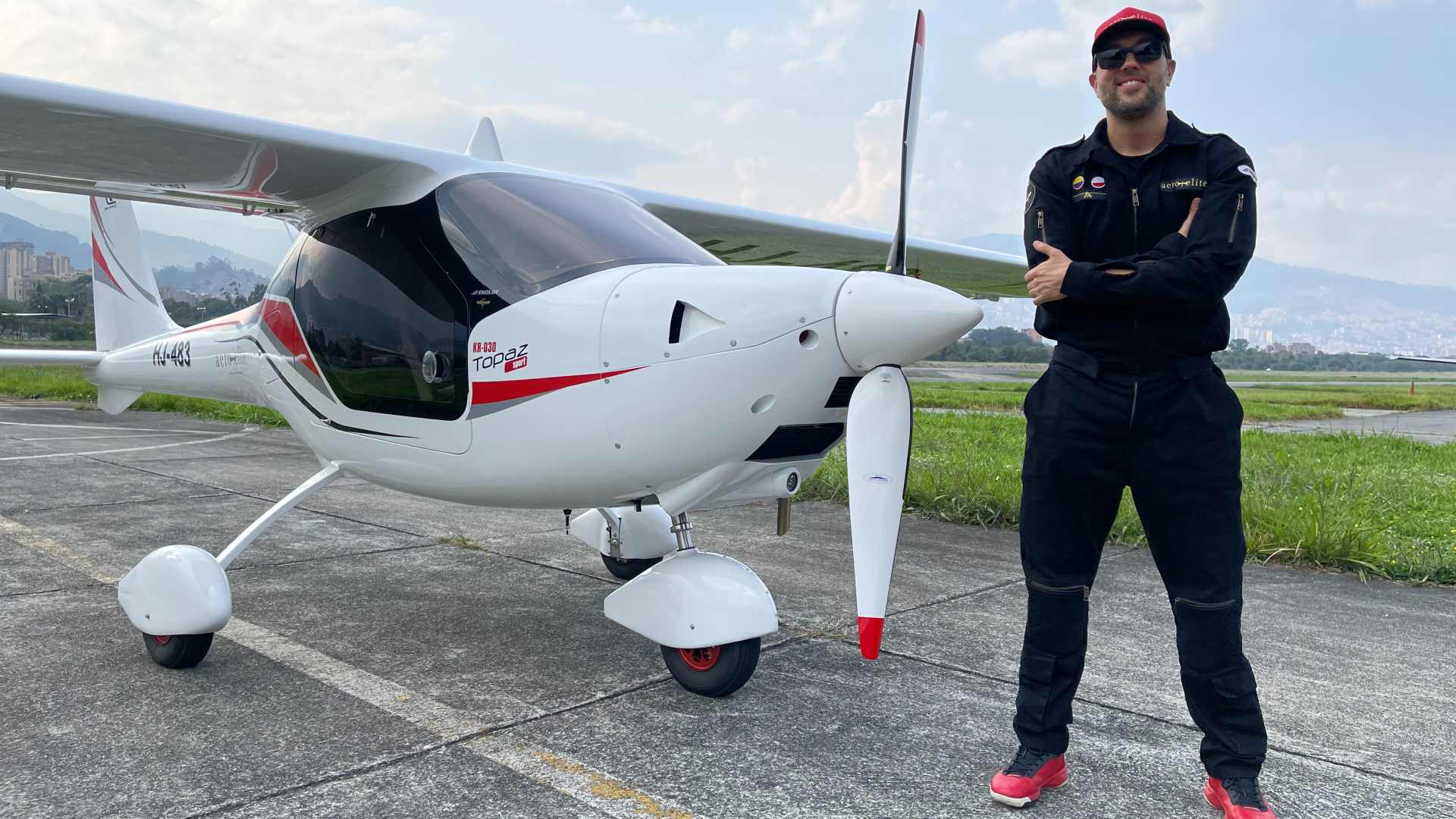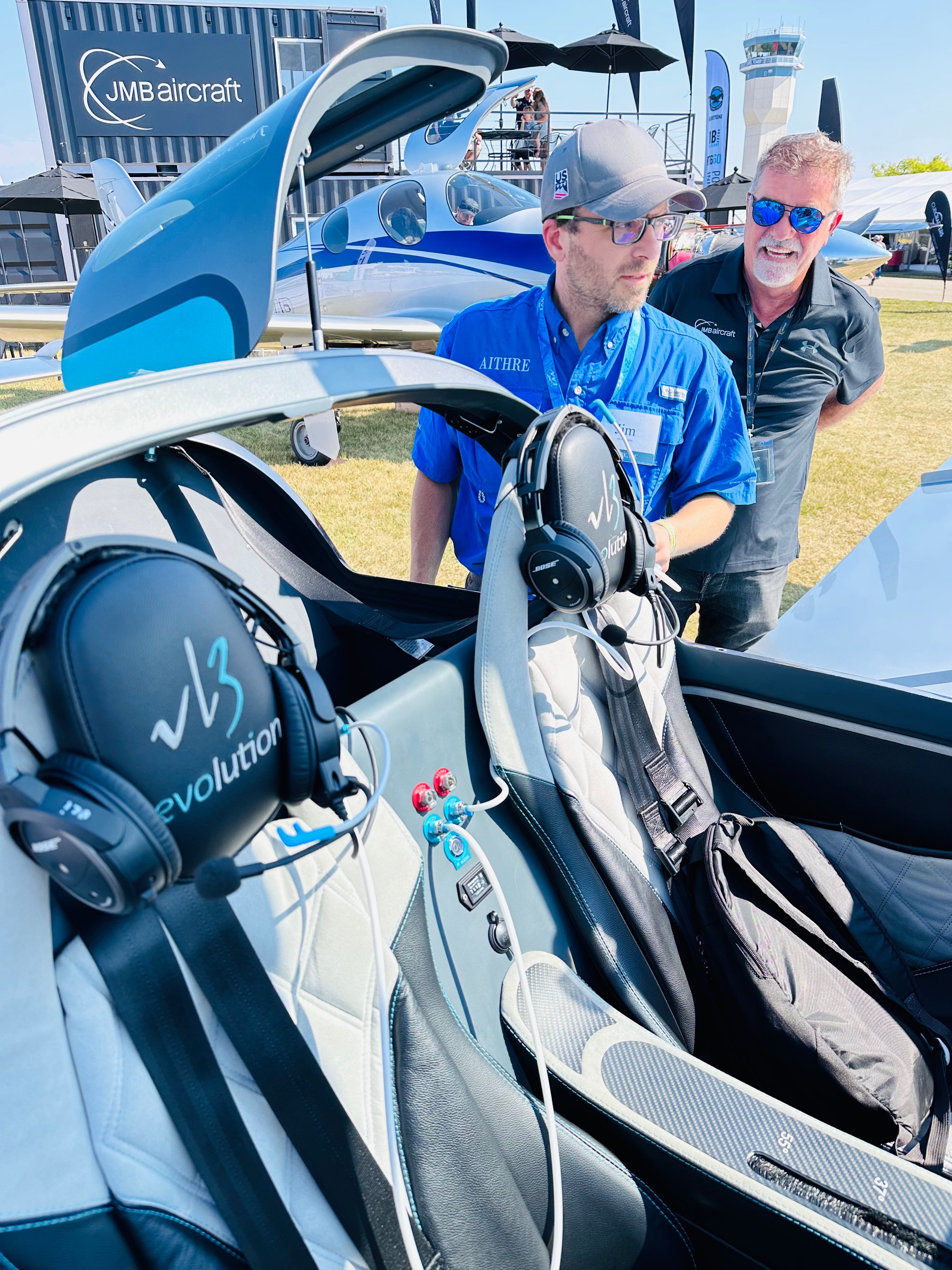While researching for my upcoming presentation at the NW Aviation Conference in Puyallup, I came across a study sponsored by the FAA on mild hypoxia. I've been doing presentations on this subject matter for a few years, trying to get the word out on the dangers of flying above 8k MSL due to the exponential drop off in oxygen absorption due to the hemoglobin binding curve. Naturally, I wanted to find more evidence to support my concerns and to improve my material as we enter another trade show season. So, an FAA study on this topic was of great interest to me and I opened it with enthusiasm.
The study begins with the following observation:
"FAR 91.211 clearly states that supplemental oxygen is required for use by pilots in general aviation above 12,500 ft. MSL. Hypoxia, however, occurs during flights below the pressure altitude of 12,500 ft. Research shows that a significant physiological threshold is reached between 8,000 and 10,000 ft., whereby the body's ability to compensate for the condition is diminished and that neurological functioning may be compromised."
This is consistent with the exponentially lower binding affinity of oxygen in the lungs as one crosses through 8k MSL.
In order to test the effects of the lower oxygen on pilot performance the study used 20 pilots and exposed them to different altitudes of hypoxia while measuring their performance during simulated flights. The flights involved ATC flight following with instructions and read backs. The pilots had to navigate, adjust instruments, communicate, fly the aircraft, and generally do the complex cognitive functions involved in flying an aircraft. A control group was provided with sea level oxygenation at all altitudes and the number of procedural errors between hypoxic and control pilots was observed.
The results show statistically significant differences during the descent phase of flights where the hypoxic pilots made significant numbers of critical errors. Interesting, the oxygenated control pilots made virtually no procedural errors during this important time of flight.
Here are some of the errors that were observed by the hypoxic pilots during descent:
Four different pilots on Day 2 initiated premature flight maneuvers (changing heading and/or altitude before instructed). One different pilot on each day misdialed a radio frequency. One different pilot during Days 2 and 4 failed to follow ATC instructions. Two different pilots flew a missed approach on Days 2 and 4. One pilot crashed while descending on Day 3 (he failed to check ground elevation on the chart). Four different pilots misreported seeing the airport or field on Days 3 and 4 and required additional instructions.
Interestingly, there were no statistically significant differences between the hypoxic and control group during cruise under mild hypoxic conditions. The reason offered by the authors was that there were relatively few opportunities to make mistakes during cruise because it involved mainly repeating instructions and keeping the plane in straight and level flight.
One major limitation of the study is that it involved only 20 pilots. Yet, it shows that pilots must be diligent in using oxygen whenever over 8k MSL and especially during the descent phase of the flight following flights at these mid altitudes.






